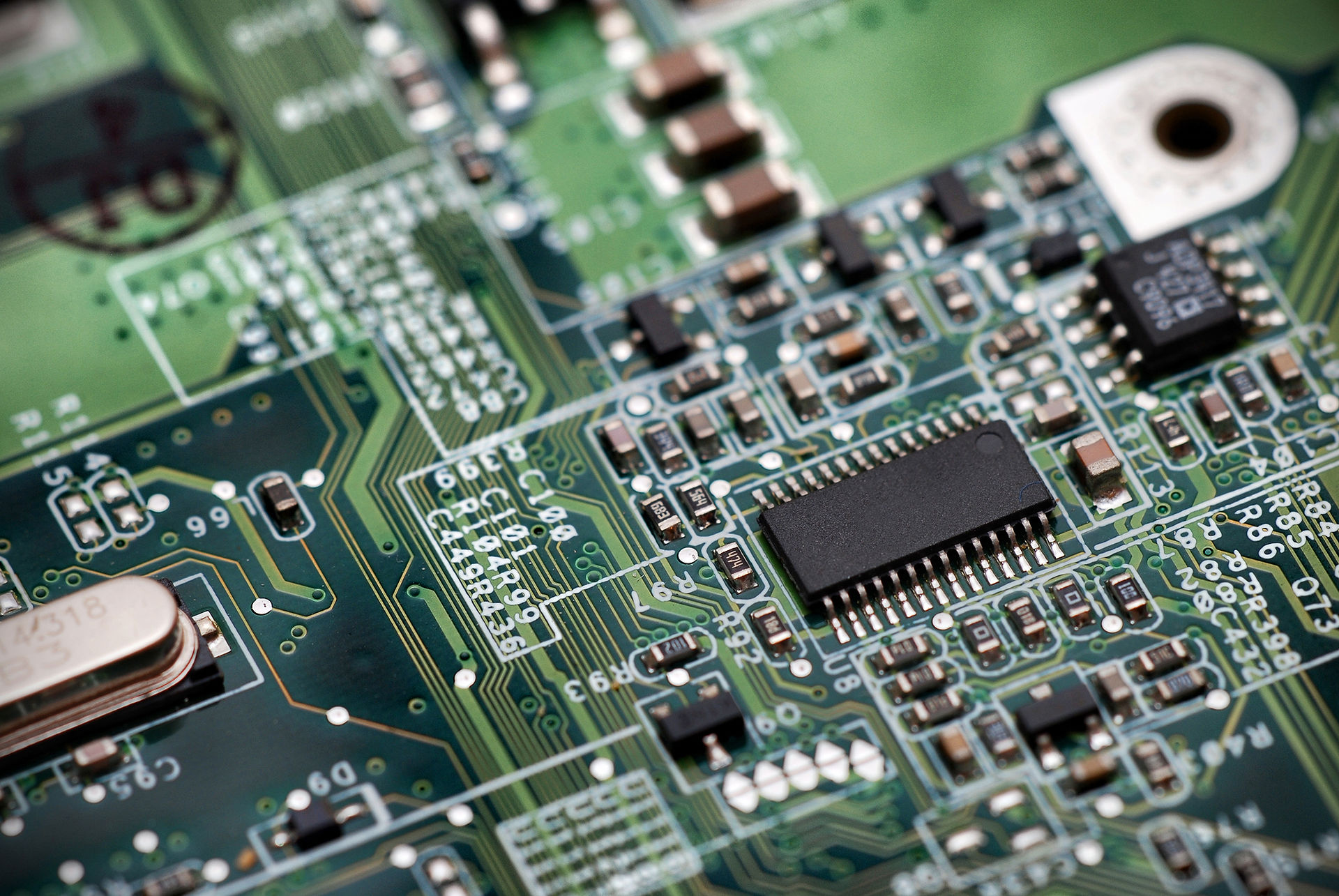Reimagining Waste: Why Smart Phoenix Recycling Drop-Offs Are the Future
- Gamma2 Access
- Jun 8
- 4 min read
Updated: Jun 10

Purpose: Electronic waste is rising at an alarming rate, yet many in Phoenix still ask, "Where can I dispose of old electronics responsibly?" As Agape Computer and Electronics Recycling, we believe the answer lies not just in more bins, but in rethinking the entire lifecycle of tech. This article unpacks how smart, secure, and community-driven Phoenix recycling drop off programs can power a more sustainable city.
Table of Contents
The Problem with E-Waste: A Phoenix Perspective
Electronic waste isn’t just clutter—it’s a compounding environmental issue. In Arizona, e-waste contributes to landfills filled with toxic components, heavy metals, and missed opportunities. Globally, we generated over 59 million metric tons of e-waste in 2022. Locally, the challenge lies in limited public awareness and access.
"Why is it so hard to find reliable recycling electronics in Phoenix locations?"
We hear that question often. While people care, they lack trusted, well-placed drop-off points and knowledge of what happens next. That’s where we come in.
Why Traditional Drop-Off Models Fall Short
Many conventional e-waste solutions operate on a once-a-year event model or require long drives to distant facilities. This not only discourages participation but often excludes underserved communities entirely.
Drop-off fatigue is real. If recycling isn’t local, intuitive, and secure, it won’t happen. We’ve studied collection programs across Phoenix and identified three core shortcomings:
Inconvenient locations or inconsistent hours
Lack of education on what items are accepted
Unclear handling of data privacy and sustainability impact
Reinventing Access: Community-Centered Collection Points

To solve this, we've worked to embed Phoenix recycling drop off points into daily life—not just special events. Think neighborhood centers, coworking spaces, libraries, and local businesses as active nodes in a connected recycling ecosystem.
Our pilot with a downtown tech hub saw a 240% increase in small electronics recycling once we introduced signage, trained on-site staff, and offered data-erasing guarantees. The message is simple: convenience + trust = action.
What Happens After You Drop Off? The Lifecycle Explained
Dropping off your device is just the beginning. Our closed-loop process ensures each item is:
Tagged and tracked from intake to processing.
Diagnosed: Can it be reused? Refurbished? Or safely broken down?
Erased and data-wiped using industry-grade standards.
Processed at certified e-waste facilities.
Reintroduced into the circular economy through resale, donation, or raw material recovery.
It’s more than trash disposal. It’s resource recovery and social impact, packaged into one.
Corporate Partnerships: Unlocking Scalable Impact
Corporate offices, coworking communities, and retail businesses are sitting on hidden e-waste potential. Through our Business Impact Audit, we help organizations:
Set up branded recycling electronics in Phoenix bins
Train staff on e-waste policy
Ensure data compliance with secure chain-of-custody tracking
Report on sustainability metrics
One Scottsdale-based firm diverted over 2.5 tons of electronics in under six months with our help. The lesson? When companies lead, communities follow.
Data Privacy & Trust in the Recycling Process
For many, the question isn’t, "Should I recycle this old laptop?" It’s, "Is my personal or company data safe if I do?"
We get it. That’s why our Phoenix model prioritizes:
Military-grade data erasure protocols
Item-level asset tracking
Certificates of Destruction
Transparent downstream processing partners
Trust is the most valuable commodity we handle.
Our Vision: Smarter Tech Recycling for All
The future of e-waste management isn’t more bins. It’s more intelligent systems. We’re investing in:
Real-time QR code tracking for consumer reassurance
Drop-off lockers that sort devices by type
Educational campaigns at the school district level
Circular economy dashboards for partner businesses
Because Phoenix recycling drop off should be as easy, secure, and empowering as ordering food online.
The Crux: Building More Than a Program—A Culture
To us, this isn’t just recycling. It’s stewardship. We’re building a culture of care around electronics. Every laptop diverted, every phone refurbished, every wire stripped for copper recovery is a step toward a city that values sustainability, access, and digital dignity.
"Where can I drop off my old devices in Phoenix without worrying about privacy or waste?"
You shouldn’t have to ask. You should already know.
Frequently Asked Questions (FAQs)
What items can I bring to a Phoenix recycling drop off location? We accept computers, laptops, phones, tablets, printers, routers, cables, and more. If it plugs in or runs on batteries, chances are we can take it.
Is it free to recycle electronics in Phoenix? Yes, most consumer electronics can be recycled at no cost. Specialized services like hard drive shredding may carry a small fee.
How do I know my data will be safe? We use professional data-erasure tools, provide Certificates of Destruction upon request, and never resell items with intact drives.
Do you work with local schools or nonprofits? Absolutely. We partner with schools for student tech donation drives and assist nonprofits with recycling logistics and awareness.
What makes your drop-off model different? We prioritize convenience, education, and transparency. Our drop-off points are built into trusted community spaces, not isolated warehouses.
Can businesses schedule recurring electronics pickups? Yes. We offer tailored pickup schedules, asset reporting, and sustainability tracking for business clients across Phoenix and Scottsdale.






Comments